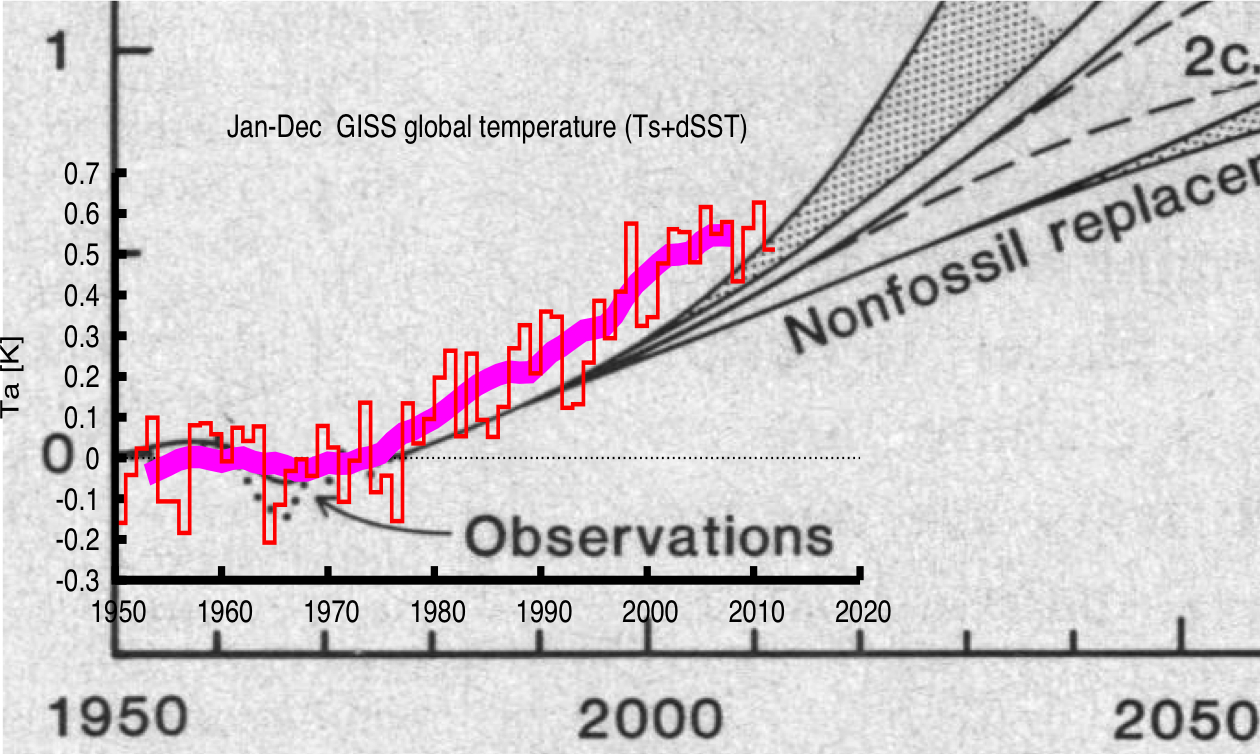No it is not possible to restore the forests to the sahara. It is a desert, there is not enough rain to support forrests. ...
Getting large amounts of hydro-electric power for something like 500 years by draining Med Sea water into the Sahara´s Qattar depression, without the need to construct an expensive dam was first suggested at least 100 years ago. That Idea is now joined with plan to partially reforest part of the Sahara, and produce fresh water & humidity for growing plant crops in the sands of the Sahara, but probably it is not feasible economically to reforest much of the Sahara. Here is some information about one of the more advanced projects:
“...The Sahara Forest Project[7][8] is a scheme that aims to provide fresh water, food and renewable energy in hot, arid regions as well as re-vegetating areas of uninhabited desert. This proposal combines the seawater greenhouse concept with concentrating solar power (CSP). CSP is a form of renewable energy that produces electricity from sunlight using thermal energy to drive conventional steam turbines. It is claimed that these technologies together will create a sustainable and profitable source of energy, food, vegetation and water. The team behind the Sahara Forest Project is composed of experts from Seawater Greenhouse Ltd, Exploration Architecture, Max Fordham Consulting Engineers and the Bellona Foundation. The scale of the proposed scheme is such that very large quantities of seawater would be evaporated. By using locations below sea level, pumping costs would be eliminated. Among planned activities are one pilot project in Jordan and one in Qatar [9][10][11][12] …”
The technology has won a number of awards including:
1. Clinton Global Initiative 2010 Commitment, the Bellona Foundation commits to implement the first realization of the Sahara Forest Project (2010)
2. The Buckminster Fuller Challenge Finalist - Sahara Forest, The Buckminster Fuller Challenge, (2009)
3. “Power Generation & Water Solutions Innovation Award”, 2009 Power Generation and Water Solutions awards, Dubai (2009)
4. St Andrews Prize for the Environment, University of St Andrews and ConocoPhillips, (2007)
5. The Tech Award, Technology for the benefit of Mankind, Tech Museum of Innovation, San Jose CA, (2006) [2]
6. Global annual Institute of Engineering and Technology (IET) award for Sustainability[dead link], Institution of Engineering and Technology, (2006)
7. A special environmental award was made for the Seawater Greenhouse, which (distils) seawater for use (in agriculture) in arid climates[verification needed], Galvanizer association, (2001)
8. Design Museum Sense Award for best practice in sustainable industrial design and architecture
From:
http://en.wikipedia.org/wiki/Proposed_sahara_forest_project
PS if you had lived 150 years ago, no doubt you would have said it is not possible for man to fly.
Plans to use the Qattara Depression for the generation of electricity date back to 1912 from Berlin geographer Professor Penk.[4] In 1957 the American Central Intelligence Agency proposed to President Dwight Eisenhower that peace in the Middle East could be achieved by flooding the Qattara Depression. The resulting lagoon, according to the CIA, would have four benefits:[5]
It would be "spectacular and peaceful."
It would
"materially alter the climate in adjacent areas."
It would "provide work during construction and living areas after completion for the Palestinian Arabs."
It would get Egyptian president Gamel Abdel Nasser's "mind on other matters" because "he need[ed] some way to get off the Soviet Hook."
From:
http://en.wikipedia.org/wiki/Qattara_Depression_Project
In case you cannot read the map, the lowest point is 133m below sea level. If steady state between evaporation and filling were used, I think you have something like 100 meter hydro head - - a much greater hydro-head than many dams have.




